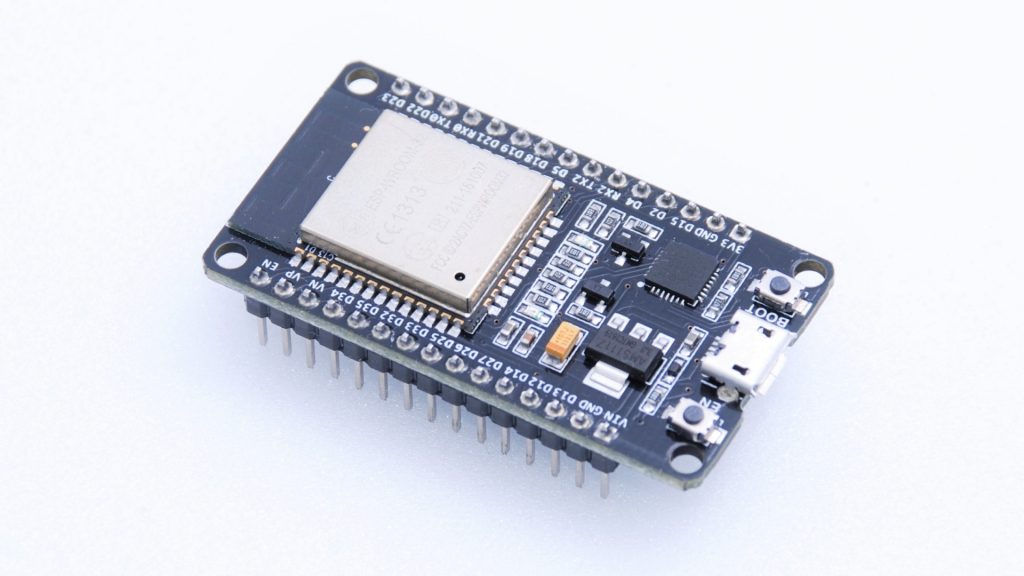ESP8266 and ESP32 - the main differences
ESP8266 and ESP32 are the next best thing that happened to DIY world since Arduino itself. Thanks to development boards based on those MCUs brand new possibilities opened in front of all DIY and tinkering enthusiasts. With those two, not only we have cheap and powerful microcontrollers, but we can also make them talk to other devices via WiFi and Bluetooth.
This table shows the main differences between ESP8266 and ESP32 MCUs:
| ESP8266 | ESP32 | |
|---|---|---|
| MCU | Xtensa L106 | Xtensa LX6 |
| Number of cores | 1 | 2 |
| Number of bits | 32 | 32 |
| Clock frequency | 80MHz | 160MHz |
| Coprocessor | No | Yes |
| WiFi | 802.11 b/g/n | 802.11 b/g/n |
| Bluetooth | No | BT 4.2 BR/EDR & BLE |
| RAM | 160kB | 520kB |
| Internal flash | No | ESP32‑D2WD Only - 2MB |
| External SPIFlash | Up to 16MB | Up to 16MB |
| GPIO | 17 | 36 |
| SPI | 2 | 4 |
| I2C | 1 (software) | 2 |
| I2S | 2 | 2 |
| UART | 2 | 3 |
| ADC | 1 | 18 |
| ADC resolution | 10-bit | 12-bit |
| DAC | No | 2 |
| DAC resolution | - | 8-bit |
| Software PWM | 8 | 16 |
| SDMMC interface | No | Yes |
| Temperature sensor | No | Yes |
| Touch sensors | No | Yes |
| CAN | No | 1 |
| Ethernet MAC | No | 1 |

I'm Paweł Spychalski and I do things. Mainly software development, FPV drones and amateur cinematography. Here are my YouTube channels:

